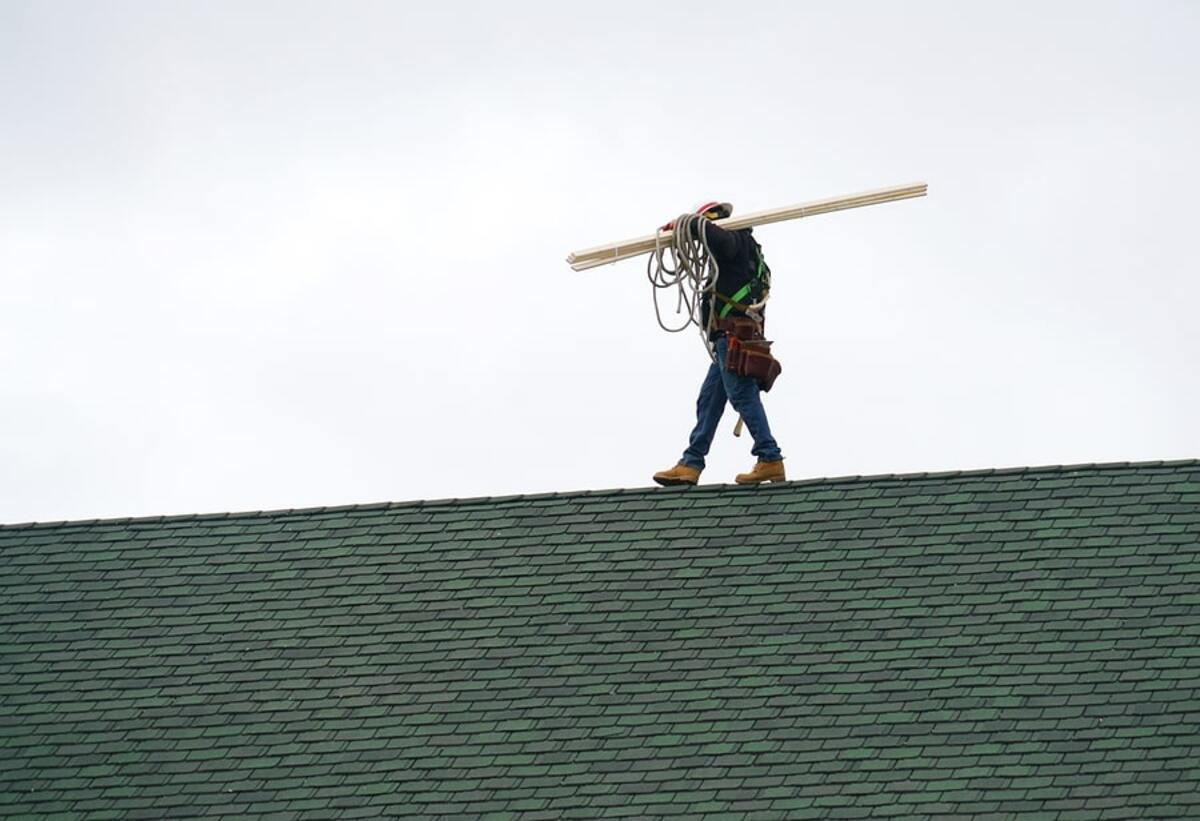

Articles
How To Walk On Roof
Modified: February 23, 2024
Learn how to safely walk on a roof with our informative articles. Find expert tips and advice for roof inspections, repairs, and maintenance.
(Many of the links in this article redirect to a specific reviewed product. Your purchase of these products through affiliate links helps to generate commission for Storables.com, at no extra cost. Learn more)
Introduction
Walking on a roof can be a necessary task for various reasons, such as conducting repairs, cleaning gutters, or inspecting for damage. However, it’s not a task to be taken lightly. Walking on a roof can be dangerous if proper precautions are not taken. Safety should always be the top priority when working at heights.
In this article, we will discuss the necessary steps to safely walk on a roof. This includes assessing roof safety, choosing the right footwear, using proper equipment, maintaining stability, and more. By following these guidelines, you can reduce the risk of accidents and ensure a safe working environment.
Keep in mind that walking on a roof is not recommended for everyone. If you feel uncomfortable or are not physically fit, it’s best to hire a professional. But if you choose to proceed, let’s explore the key considerations for walking on a roof safely.
Key Takeaways:
- Prioritize safety by assessing roof conditions, choosing proper footwear, using safety equipment, and maintaining stability. Small steps, balanced posture, and weather awareness are crucial for safe roof walking.
- Different roof types require specific considerations. Sloping and steep roofs demand extra caution and safety measures. Always prioritize safety and seek professional help when needed.
Read more: How To Walk On A Metal Roof
Assessing Roof Safety
Before even stepping foot on a roof, it’s crucial to assess its safety conditions. Here are some key factors to consider:
- Structural Integrity: Inspect the roof for any signs of damage, such as loose or missing shingles, weakened areas, or sagging. It’s essential to ensure that the roof can support your weight without any risk of collapse.
- Obstacles and Debris: Clear the roof of any debris, such as leaves, branches, or loose objects, that may cause you to trip or slip while walking. Additionally, be mindful of any potential obstacles like vents, chimneys, or skylights, which could pose a hazard.
- Safety Equipment: Make sure you have the necessary safety equipment, such as a safety harness, ropes, and anchors, to prevent falls. These should be properly secured to sturdy parts of the roof or adjacent structures.
- Accessibility: Consider how you will access the roof safely. If there’s no sturdy ladder or access point available, it’s best to refrain from attempting to walk on the roof.
Assessing the safety of the roof is crucial to preventing accidents and injury. If you have any doubts about the condition or stability of the roof, consult a professional roofing contractor to conduct a thorough inspection before attempting any work.
Choosing the Right Footwear
One of the most important aspects of walking on a roof safely is wearing the right footwear. Proper footwear will provide traction, protect your feet, and help maintain stability. Here are some tips for choosing the right footwear:
- Grip and Traction: Look for shoes or boots with non-slip soles that provide excellent grip on various surfaces, including wet or uneven roofing materials. Avoid footwear with smooth or worn-out soles that can increase the risk of slipping.
- Ankle Support: Opt for footwear that offers good ankle support to help maintain balance and prevent sprains. High-top boots or shoes with lace-up designs can provide added stabilization to the ankle area.
- Sturdy Construction: Choose footwear that is durable and well-constructed to withstand the demands of walking on a roof. Look for materials such as leather or synthetic materials that offer durability and resistance to wear and tear.
- Proper Fit: Ensure that the footwear fits properly and is comfortable. Ill-fitting shoes can be a distraction and can hinder your ability to walk steadily on the roof. Make sure to try on different sizes and styles to find the perfect fit.
- Weather Considerations: Take into account the weather conditions in which you’ll be walking on the roof. In wet or icy conditions, consider wearing footwear with additional traction, such as rubber soles with deep grooves or even specialized roofing boots designed for slippery surfaces.
Remember to inspect your footwear regularly and replace them if they become worn-out or lose their traction. Investing in high-quality and appropriate footwear is crucial for your safety while walking on a roof.
Using Proper Equipment
When it comes to walking on a roof, having the right equipment can make a significant difference in safety and stability. Here are some essential pieces of equipment to consider:
- Safety Harness: A safety harness is a crucial piece of equipment that should always be used when working at heights. It helps to prevent falls and provides an extra layer of protection. Make sure the harness is properly fitted and secured to a sturdy anchor point.
- Roofing Tools: Depending on the task at hand, you may need specific tools for the job. This can include a roofing ladder, roofing brackets, or a roof jacks system. These tools help ensure safe access, stability, and support while walking on the roof.
- Rescue Kit: It’s important to have a rescue kit readily available when working on a roof. This kit should include items such as a rope, anchor points, and a rescue line. In the event of an emergency, these tools can be used to assist in a safe evacuation.
- Protective Gear: In addition to a safety harness, wearing additional protective gear can enhance safety. This may include gloves to improve grip, safety glasses to protect your eyes from debris, and a hard hat to protect your head from falling objects.
- Roofing Material: If you’re performing repairs or maintenance work on the roof, make sure you have the necessary roofing material and tools. This can include shingles, nails, caulk, and a roofing gun or hammer. Being prepared with the right materials will help you avoid potential hazards caused by incomplete or haphazard repairs.
Prioritize your safety by using the proper equipment for the job. Familiarize yourself with the equipment and ensure that it is in good working condition before using it on the roof. If you have any doubts about how to use a specific tool, consult professional advice or receive proper training.
Checking for Stability
Before taking your first step on the roof, it’s essential to ensure that it is stable and secure. Here are some steps to help you check for stability:
- Visual Inspection: Carefully examine the roof’s surface for any signs of damage, deterioration, or weak spots. Look for areas that appear saggy, have missing or loose shingles, or show signs of rot. Avoid walking on such areas as they can be unstable and pose a risk of collapse.
- Test for Soundness: Lightly tap the roof with a mallet or your foot to check for any hollow or soft spots. A solid roof should feel firm and sound when tapped, indicating that it is structurally sound.
- Roof Pitch: Consider the pitch or slope of the roof. Steep roofs can be more challenging to navigate and require greater caution. If the roof has a high pitch, it may be best to call a professional with expertise in working on steep roofs.
- Avoid Wet Surfaces: Avoid walking on the roof after rain or when the surface is wet. Wet or damp roofs can be slippery and increase the risk of accidents. Wait until the roof has dried thoroughly before attempting any work.
- Check Roof Load Capacity: Determine if the roof load capacity is sufficient to support your weight. This can vary depending on the type of roof and construction materials. Refer to manufacturer guidelines or consult a structural engineer if you’re unsure about the weight limits.
By thoroughly assessing the roof’s stability before walking on it, you can minimize the risk of accidents and ensure a safer working environment. If you have any doubt about the roof’s stability or encounter any signs of damage during the inspection, it’s best to consult a professional to evaluate and address the issue.
Read more: How To Walk On Tile Roof
Starting with Small Steps
When walking on a roof, it’s essential to start with small steps to establish your balance and confidence. Here are some tips to help you get started:
- Choose a Secure Entry Point: Begin by accessing the roof from a secure and stable entry point. This can be a ladder or a sturdy structure adjacent to the roof. Make sure the entry point is secure and can support your weight.
- Use Three Points of Contact: Maintain stability by always having three points of contact with the roof surface. This can be achieved by having both feet and one hand or both hands and one foot in contact with the roof at all times.
- Take Small Steps: Begin by taking small, deliberate steps while keeping your movement slow and controlled. This allows you to adapt to the roof’s surface and maintain balance throughout the process.
- Focus on Your Footing: Pay close attention to where you place your feet. Look for secure areas such as sturdy parts of the roof, rafters, or supportive structures. Avoid stepping on weak or damaged areas.
- Test the Surface: Before fully committing your weight, test the surface stability by applying gentle pressure. This can help you assess if the area can support your weight or if there are any underlying issues.
- Maintain a Low Center of Gravity: To improve your balance, keep your center of gravity low. This means slightly bending your knees and keeping your core engaged. Avoid leaning or overreaching, as it may compromise your stability.
Remember to take your time and proceed cautiously. Building confidence and stability through small steps will increase your comfort and reduce the risk of accidents. As you become more comfortable, you can gradually increase your stride and movement across the roof.
Maintaining a Balanced Posture
Maintaining a balanced posture is crucial when walking on a roof to ensure stability and reduce the risk of falls. Here are some tips for maintaining a balanced posture:
- Keep Your Body Upright: Stand tall and avoid hunching or leaning forward. Keeping your body upright helps distribute your weight evenly and improves your overall balance.
- Engage Your Core Muscles: Activate your core muscles to provide additional stability. A strong core will help you maintain balance and support your body’s movements while walking on the roof.
- Land with Soft Footsteps: Try to land softly with each step to minimize the impact and maintain stability. Landing with a heavy foot can increase the risk of slipping or losing your balance.
- Keep Your Feet Shoulder-Width Apart: Maintain a wide stance with your feet shoulder-width apart to provide a solid base of support. This helps distribute your weight evenly and enhances your stability.
- Use Your Arms for Balance: Utilize your arms for balance by keeping them slightly extended and relaxed. You can use them to counterbalance your movements and adjust your body’s position while walking on the roof.
- Watch Your Head Position: Keep your head aligned with your spine and avoid looking down excessively. Looking down too much could throw off your balance and affect your posture.
By practicing and maintaining a balanced posture, you can navigate the roof more confidently and reduce the chances of accidents. Pay attention to your body’s alignment, engage your core, and move deliberately to maintain stability throughout the process.
Walking on Different Roof Types
Walking on different roof types requires an understanding of the specific challenges and considerations involved. Here are some tips for walking on various roof types:
1. Asphalt Shingle Roof:
Asphalt shingle roofs are commonly found on residential buildings. When walking on this type of roof:
- Focus on stepping on the shingles themselves rather than the gaps.
- Avoid stepping on the exposed nails or roofing tabs.
- Walk along the lower part of the shingles to minimize the risk of damaging them.
Read more: How To Walk In An Attic
2. Metal Roof:
Metal roofs are durable and often found on commercial buildings. Here’s what to keep in mind when walking on a metal roof:
- Wear footwear with adequate grip to prevent slippage on the smooth surface.
- Use caution when walking on wet metal roofs as they can become extremely slippery.
- Step on the raised ridges or vertical seams for added stability.
3. Tile Roof:
Tile roofs, commonly made of clay or concrete, are known for their aesthetic appeal. Follow these guidelines when walking on a tile roof:
- Take care to step on the lower part of the tiles, where they overlap, instead of the center.
- Avoid putting excessive pressure on individual tiles, as they can crack or break easily.
- Be cautious of the curved or sloping tiles and use added support for stability.
4. Flat Roof:
Flat roofs are typically found on commercial or low-pitch residential buildings. When walking on a flat roof:
- Ensure that the roof is free from debris to prevent slipping hazards.
- Use caution when walking on built-up areas such as gravel or ballasted roofing systems.
- Consider using additional safety equipment such as roof brackets or safety cones for added stability.
It’s important to familiarize yourself with the specific requirements of the roof type you’ll be working on. Each roof type has its own considerations, so take the necessary precautions to ensure your safety and the integrity of the roof.
Dealing with Sloping Roofs
Walking on a sloping roof requires extra care and attention due to the increased risk of slipping and losing balance. Here are some tips for safely navigating sloping roofs:
- Assess the Slope: Before stepping onto a sloping roof, evaluate the degree of incline. Steeper slopes require more caution and may be better left to professionals with the appropriate safety equipment and experience.
- Use Safety Precautions: When working on a sloping roof, always use safety harnesses, ropes, and anchors to prevent falls. These will provide an extra layer of protection and help you maintain balance.
- Wear Non-Slip Footwear: Choose footwear with excellent grip and traction. Look for shoes or boots designed for slippery surfaces, such as those with deep treads or specialized roofing soles.
- Step Carefully: Take small, deliberate steps while walking on a sloping roof. Keep your center of gravity low, and use your arms for balance. Be mindful of your footing and avoid sudden movements.
- Utilize Roof Brackets: Roof brackets can provide additional support and stability on sloping roofs. These devices can be attached to the roof to create a level surface for walking and working safely.
- Work with Fellow Professionals: Hiring professionals experienced in working on sloping roofs is highly recommended. They have the necessary expertise, equipment, and knowledge to navigate the challenges associated with slopes.
Remember, walking on sloping roofs can be more hazardous than on flat or low-pitch roofs. It’s crucial to prioritize your safety and take the necessary precautions to prevent accidents and injuries. If you have any doubts or feel uncomfortable working on a sloping roof, it’s best to seek professional assistance.
Read more: How To Make A Walk In Freezer
Handling Steep Roofs
Working on steep roofs presents unique challenges that require additional safety measures and expertise. Here are some important guidelines for handling steep roofs:
- Assess the Risk: Evaluate the level of risk involved in working on a steep roof. Steep roofs may pose significant dangers, and it’s essential to have a thorough understanding of your abilities and limitations before attempting any work.
- Use Appropriate Safety Equipment: When working on steep roofs, always use safety harnesses, ropes, and anchors. These tools provide crucial fall protection and enable you to maintain your balance on the incline.
- Use a Roof Jack System: A roof jack system can provide a level platform and stability when working on steep roofs. This system consists of supports that hold planks or boards, creating a safe working surface.
- Work in Pairs: It’s always advisable to work in pairs when handling steep roofs. Having a partner can provide extra support, assistance, and enhanced safety during the task.
- Wear Non-Slip Footwear: Choose footwear with excellent grip and traction specifically designed for steep surfaces. These shoes or boots provide added stability and minimize the risk of slipping.
- Plan and Communicate: Before starting any work on a steep roof, plan your steps and communicate with your partner to ensure a coordinated and safe approach. This includes determining the best route and identifying potential hazards.
- Be Mindful of Weather Conditions: Avoid working on steep roofs during inclement weather, especially when it’s wet, icy, or windy. Such conditions can dramatically increase the risk of accidents. Wait for favorable weather conditions to carry out your work.
- Consider Hiring Professionals: Working on steep roofs can be extremely hazardous, and it’s often best to leave it to professional roofers who have the necessary experience and safety training to handle such projects safely.
Handling steep roofs requires utmost caution, experience, and appropriate safety measures. If you are inexperienced or uncomfortable with the task, it’s strongly recommended to consult professional roofers who are equipped to work on steep slopes safely.
Always wear proper footwear with good traction when walking on a roof. Take slow and deliberate steps, and avoid walking on wet or icy surfaces. Use a safety harness if possible.
Staying Safe in Different Weather Conditions
Weather conditions can significantly impact the safety of working on a roof. It’s essential to take appropriate precautions and adjust your approach accordingly. Here are some guidelines for staying safe in different weather conditions:
1. Rain and Wet Conditions:
- Delay Work: It’s best to postpone any work on the roof during rain or wet conditions. Wet surfaces can be extremely slippery and increase the risk of falls.
- Proper Footing: If you have to work on a wet roof, wear non-slip footwear with excellent traction. Take slow and deliberate steps, focusing on maintaining your footing.
- Use Safety Gear: Wear appropriate rain gear to keep yourself dry and minimize the risk of slipping on a wet roof surface. Also, ensure that your safety harness and equipment are in good condition and not affected by the rain.
2. Strong Winds:
- Avoid High Winds: Refrain from working on the roof during strong winds, as they can make it difficult to maintain balance and stability.
- Secure Tools and Materials: Ensure that all tools, equipment, and loose materials are properly secured to prevent them from being blown off the roof or causing hazards to you or others.
- Be Cautious of Falling Objects: Be aware of potential falling objects, such as tree branches or debris, that can be carried by the wind. Take preventative measures to protect yourself from these hazards when working on the roof.
Read more: How To Organize A Walk-in Pantry
3. Extreme Temperatures:
- Heat: In hot weather, take frequent breaks, drink plenty of water, and wear appropriate sun protection. Working in extreme heat can lead to heat exhaustion or heatstroke.
- Cold: Wear warm and insulating clothing to protect yourself from low temperatures. Frost or ice on the roof can be hazardous, so avoid working in icy conditions.
It’s crucial to prioritize your safety and adjust your work schedule based on weather conditions. If conditions become unsafe, it’s best to delay the work or seek professional assistance to avoid accidents and injuries.
Conclusion
Walking on a roof can be a necessary task, but it’s important to prioritize safety throughout the process. By following the guidelines and tips discussed in this article, you can reduce the risk of accidents and create a safer working environment. Assessing roof safety, choosing the right footwear, using proper equipment, checking for stability, starting with small steps, maintaining a balanced posture, and adapting to different roof types are all essential considerations.
Remember to always assess the stability of the roof before stepping on it, and use the appropriate safety equipment, such as safety harnesses and ropes, to prevent falls. Choose footwear with good grip and traction for added stability, and stay mindful of weather conditions to ensure optimal safety.
If you have any doubts about your ability to safely walk on a roof, it’s highly recommended to consult professionals who have the proper experience and expertise. They can handle the task efficiently and with the necessary safety precautions in place.
Ultimately, staying safe while walking on a roof requires a combination of caution, preparedness, and awareness of potential hazards. By implementing these practices, you can complete your roof-related tasks with confidence and minimize the risk of accidents and injuries.
Remember, safety should always be the top priority when working at heights. Take the necessary steps to protect yourself and others, and never hesitate to seek professional help when needed. With the right approach and precautions, you can ensure a safe and successful experience while walking on a roof.
Frequently Asked Questions about How To Walk On Roof
Was this page helpful?
At Storables.com, we guarantee accurate and reliable information. Our content, validated by Expert Board Contributors, is crafted following stringent Editorial Policies. We're committed to providing you with well-researched, expert-backed insights for all your informational needs.
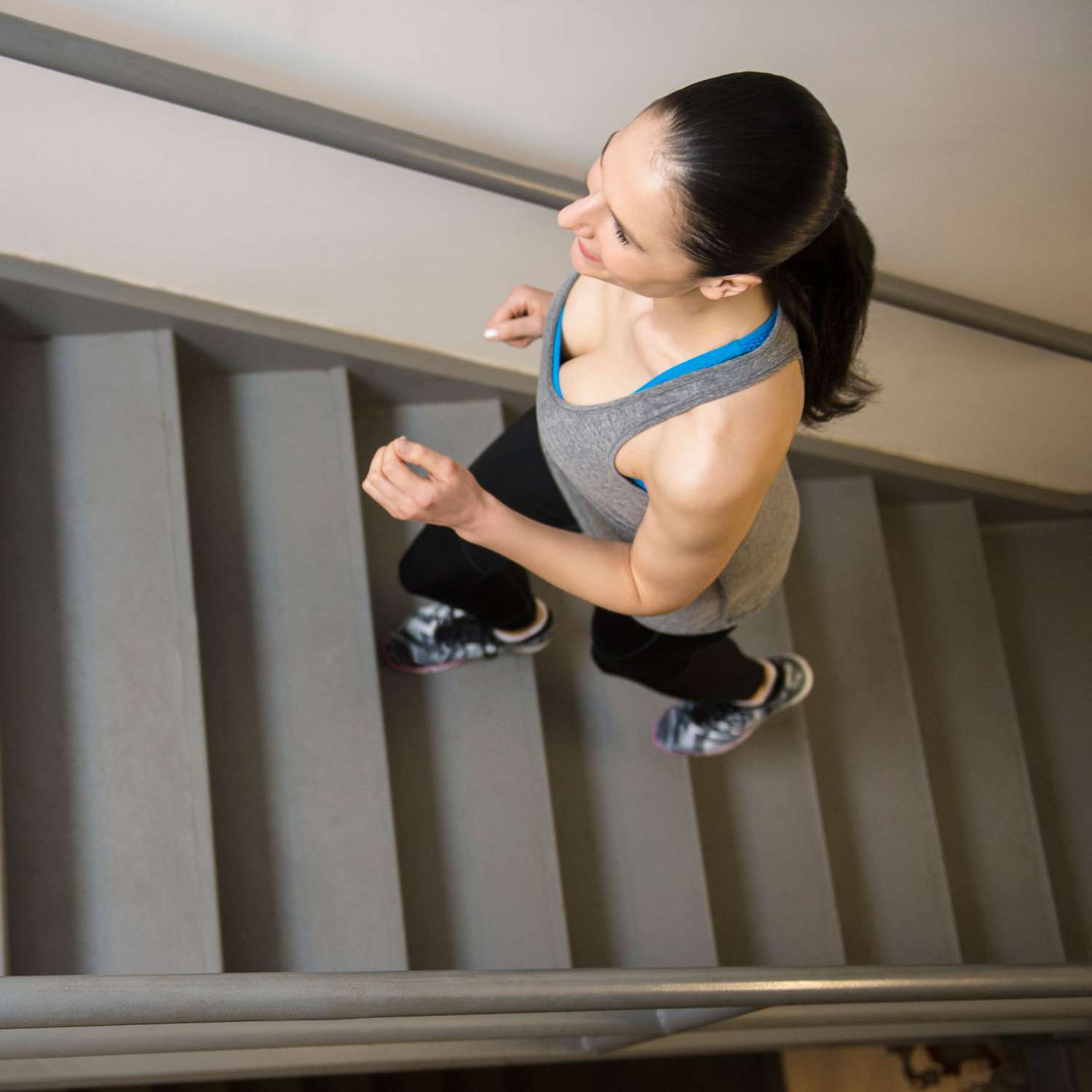

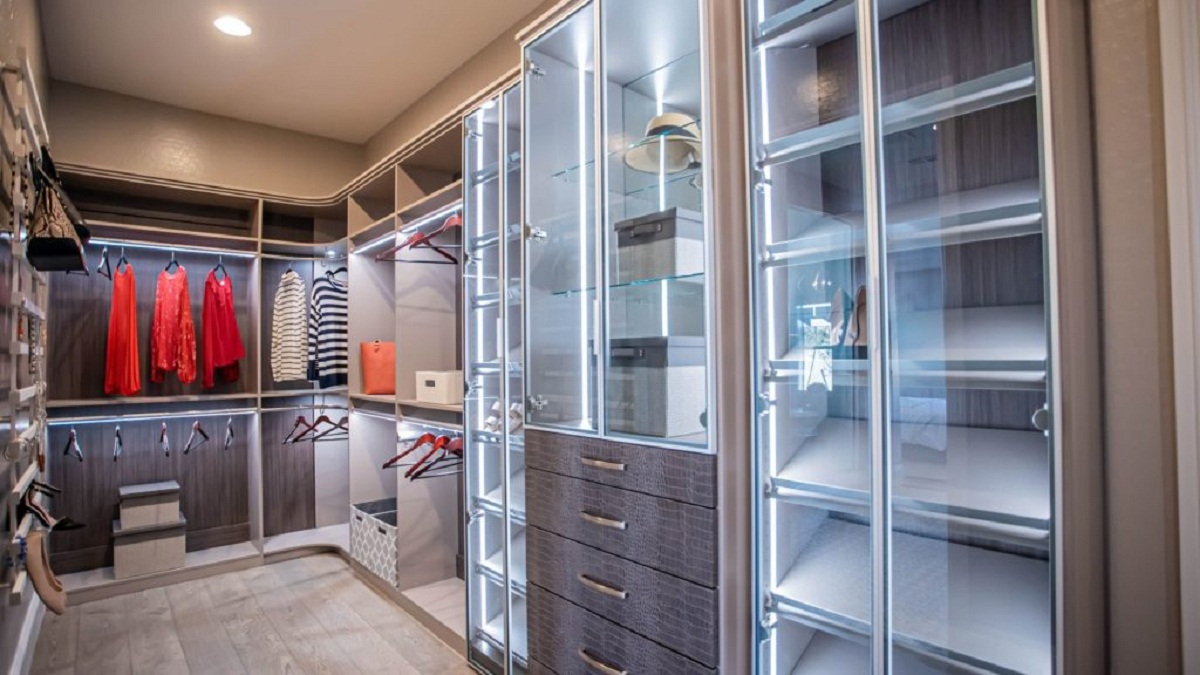


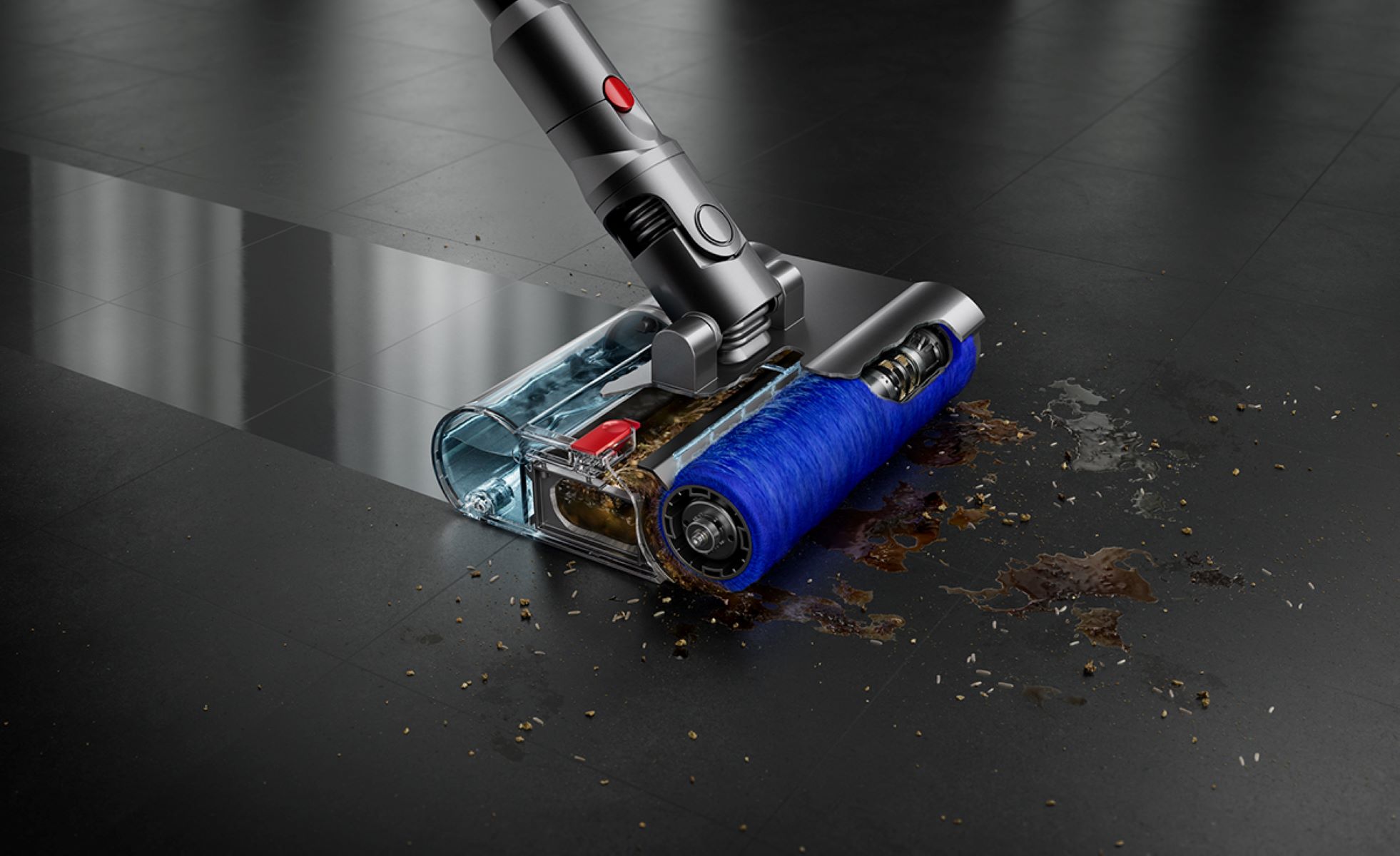
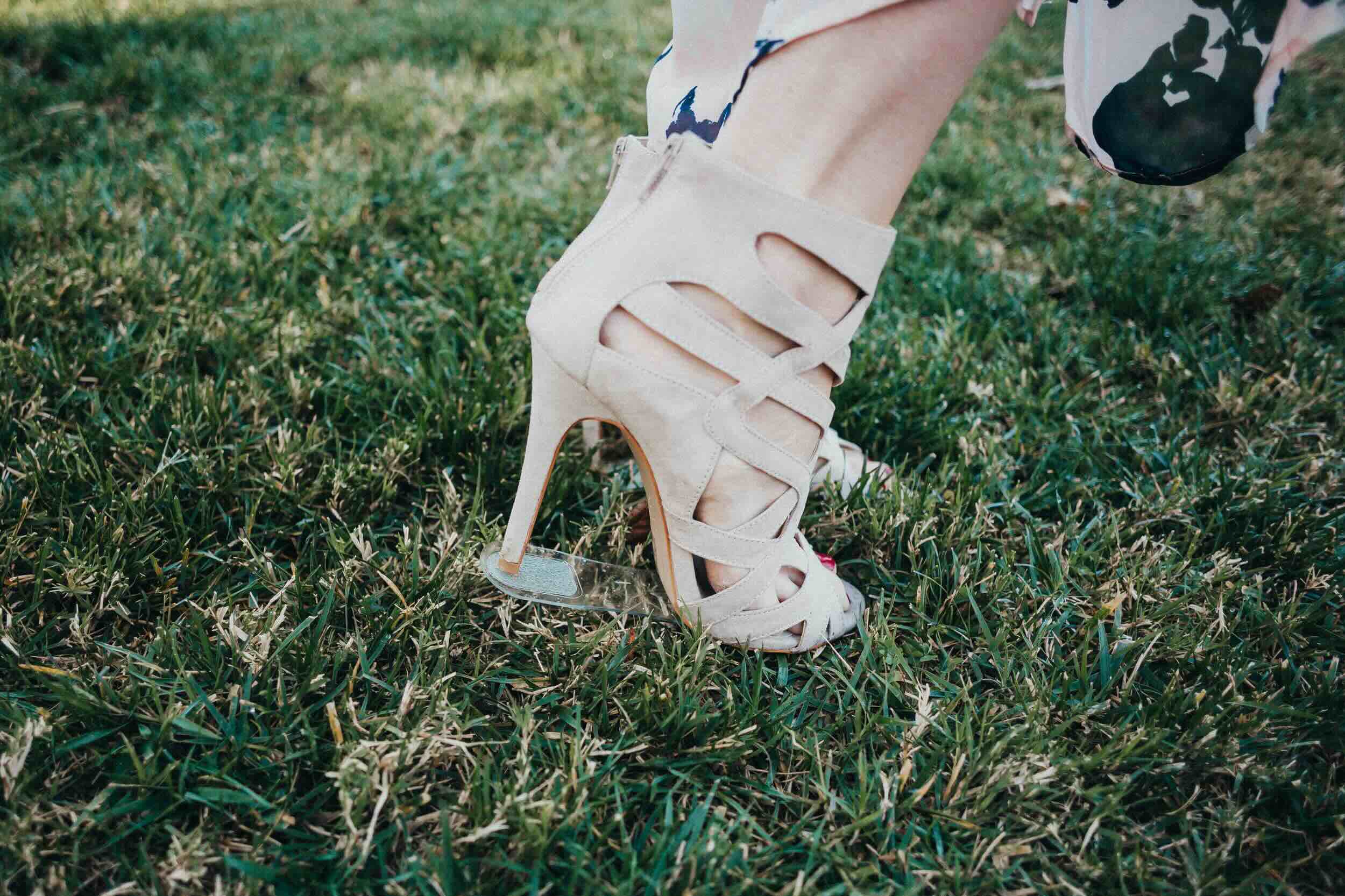



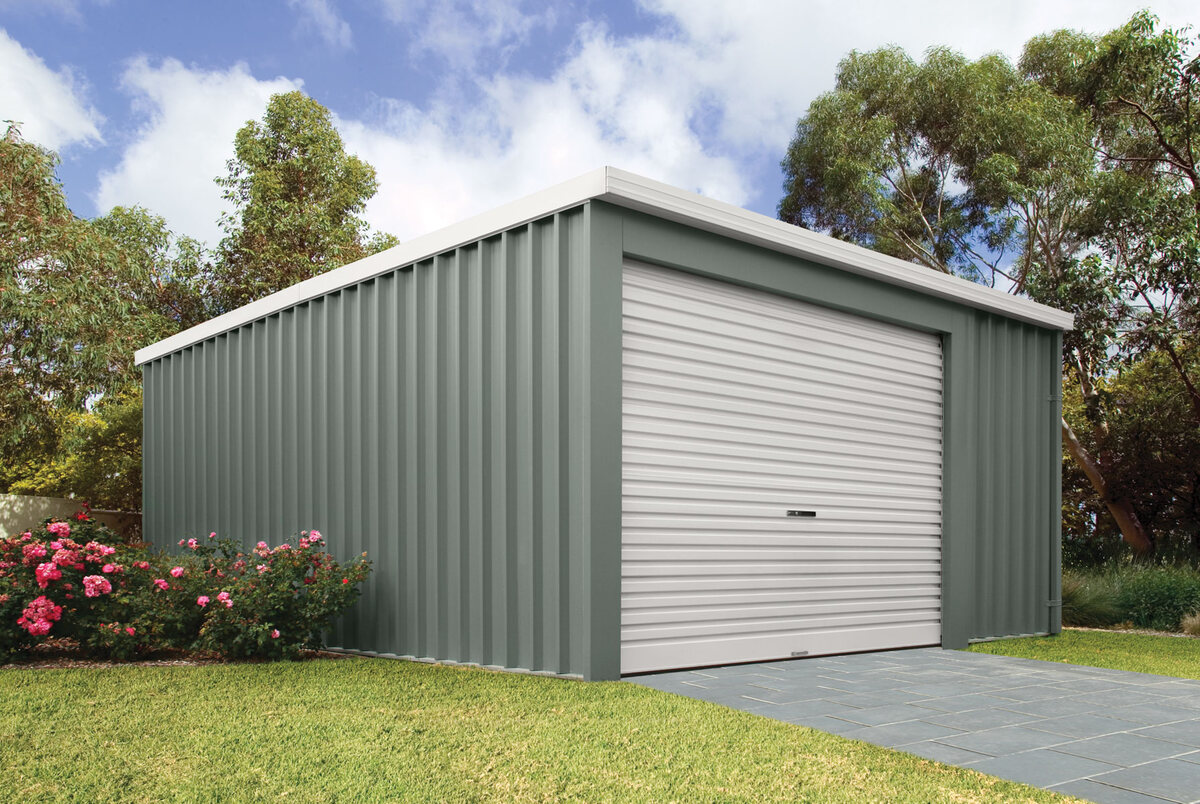

0 thoughts on “How To Walk On Roof”